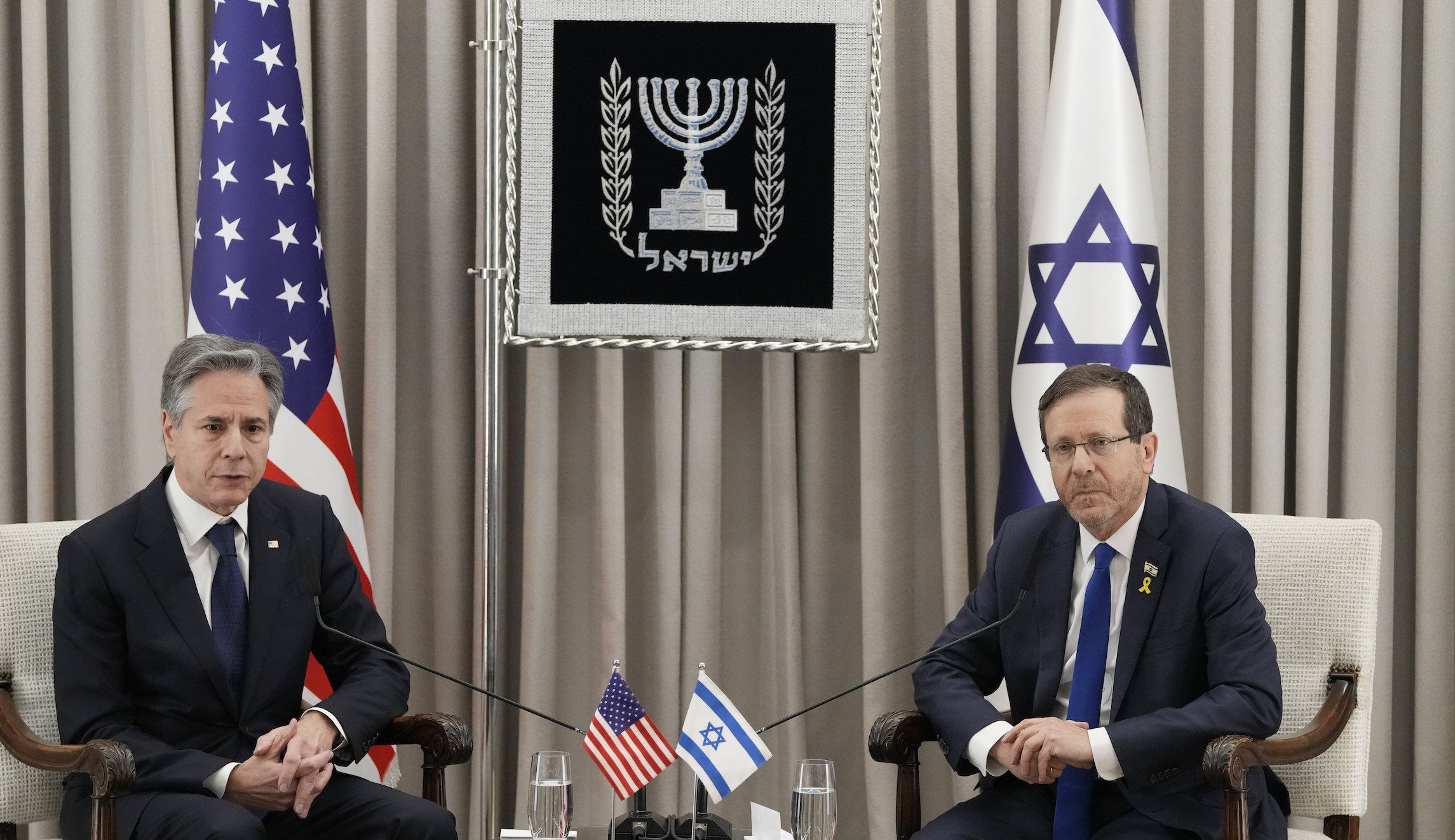

Israeli President Isaac Herzog declared on Sunday that an “absolute majority” of the country supports a ceasefire deal that secures the release of the remaining hostages.
His comments, which coincide with the nine-month anniversary of the Oct. 7 terrorist attack when Hamas killed roughly 1,200 people and kidnapped approximately 250 others, come as Israeli and Hamas negotiators are continuing the recently renewed ceasefire discussions. It’s unclear how many of the roughly 100 hostages are still alive.
“Our commitment to return the kidnapped is absolute and supreme. We do not forget them for a moment. The people of Israel do not forget them for a moment. In every home and family, in every synagogue, in every community, in every public and private event – we hear from all sides the concern for the abductees, the prayer and the cry – for their quick return home,” Herzog said on X. “The entire nation wants their return, and an absolute majority supports a hostage deal. The state’s duty is to return them and it is at the heart of the consensus.”
Last week, Hamas reached out to the Egyptian and Qatari mediators indicating it had softened on some previous sticking points. They have now dropped their previous demand that Israel agree to end the war in Gaza completely prior to the start of the ceasefire, and now said it would allow negotiations to achieve that throughout the first phase of the deal, a Hamas source told Reuters.
Hamas is now awaiting Israel’s response.
A senior Biden administration official described Hamas’s initial response a couple days ago as “a breakthrough on a critical impasse.”
The proposal is reportedly close to the one President Joe Biden publicly outlined in late May. The two sides did not immediately come to an agreement following the president’s description of the proposal, which was a three-phase end of the war.
During the first phase, which would last four to six weeks, Hamas would release elderly, women, and those in need of care. At the same time, Israeli forces would withdraw from densely populated areas of Gaza, and Israel would release hundreds of Palestinians detained in Israel. It would allow for a surge in desperately needed humanitarian aid.
Details of the second phase would be finalized during the first phase, which could be extended if the specifics of it are not determined in time, though it would include the release of all living remaining hostages and the complete withdrawal of Israeli forces from Gaza.
Despite the renewed effort, the deal is not a guarantee to occur. Israel and Hamas have repeatedly failed to come to a second ceasefire deal since the first one expired at the end of November.
Israeli officials, including Prime Minister Benjamin Netanyahu, have indicated recently that the war in Gaza is slowly coming to an end, though their operations continue.
CLICK HERE TO READ MORE FROM THE WASHINGTON EXAMINER
There is tension along Israel’s northern border with Hezbollah, the Lebanese-based terrorist group that’s widely considered to be better armed and a larger force than Hamas. Hezbollah began firing rockets and missiles over the border into northern Israel on Oct. 8 in solidarity with Hamas.
Leaders from both Hezbollah and Israel have threatened to escalate their limited conflict into a full-blown ground invasion in recent weeks, though U.S. officials are hoping an Israeli-Hamas ceasefire deal would settle some of the Israel-Hezbollah tension.






